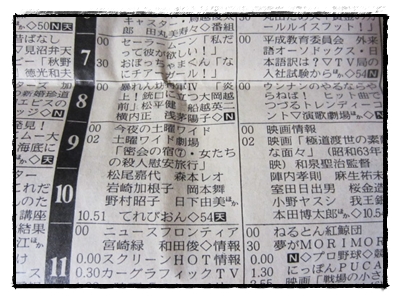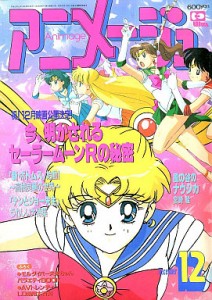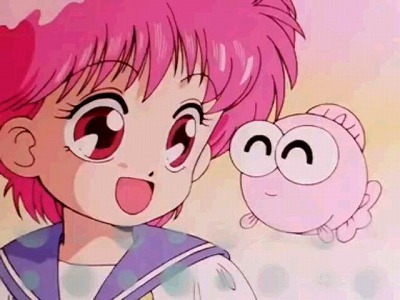Or, for those of you who didn’t know already… yes, nearly all of Sailor Moon‘s episode titles are the same length in Japanese.1
You wouldn’t really notice at first glance, but once you start reading through the titles, you’ll notice that the phrasing is a little off (i.e., some words seemingly forced in) or that kanji will be used or not used inconsistently, which just stands out. My original theory on the issue what that possibly it had to do with the fact that Japanese is typed in full-width, each character taking up the same amount of space (monospaced fonts2 are an example of this in English), and with balancing how much “white space” is taken up on the title card. But after reading into this a bit more, it looks like there’s a more specific reason for this.
According to my research, Animage3 ran a column interviewing the staff who were producing the series and were able to get the scoop on why the titles seemed to be a near perfect match.
It turns out that the staff behind the Sailor Moon anime wanted their titles to fit in exactly in the space provided in the daily/weekly TV listings in the newspapers of the day4 and so they purposefully rewrote the episode titles to try to fit that character limit exactly. If you went over, it would be cut off (and viewers wouldn’t know what the episode was about) and if you went under, it would leave empty space. You can see in the example at the top of this post, Sailor Moon is the program starting at 7pm (incidentally, that’s episode 12), though the title was abbreviated here.
It’s pretty amazing to see that the staff actually went to such great lengths for such a small detail! In case you’re curious about the numbers, here they are:
| Total | <15 | 15 | 16 | 17 | 18 | 18< |
|---|---|---|---|---|---|---|
| 200 | 1 | 10 | 136 | 50 | 3 | 1 |



